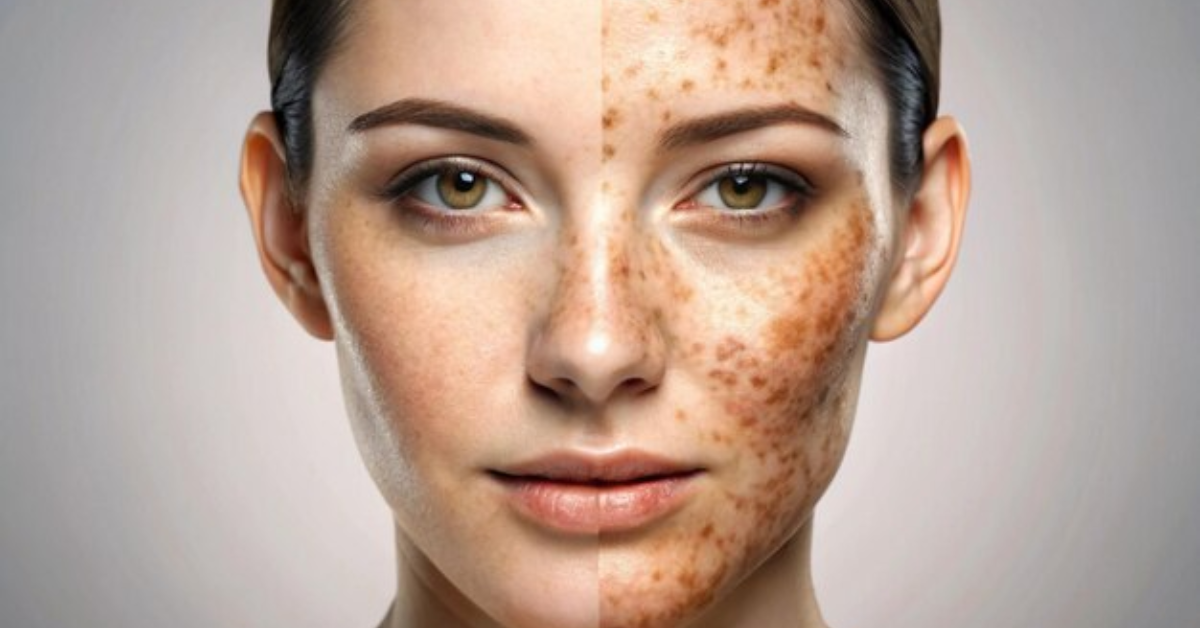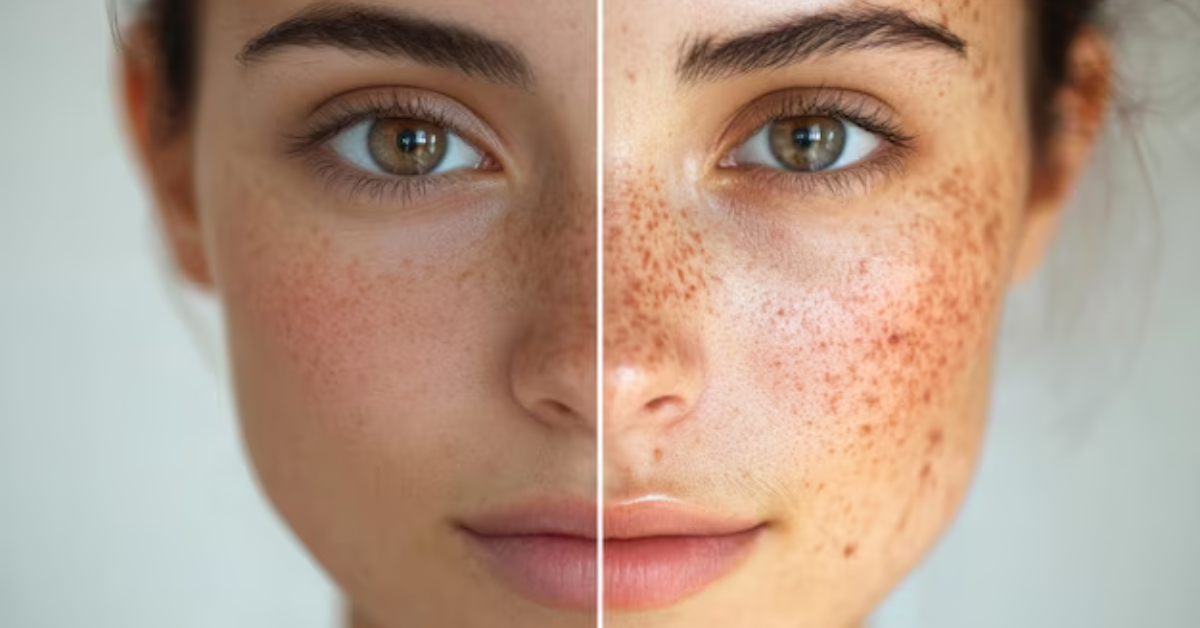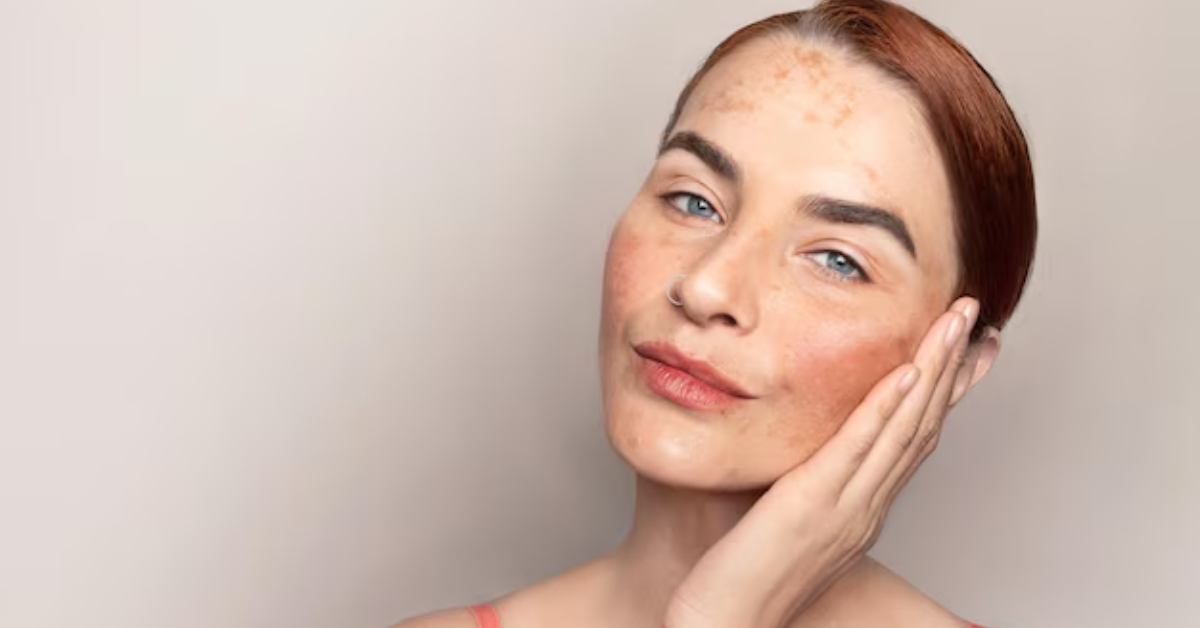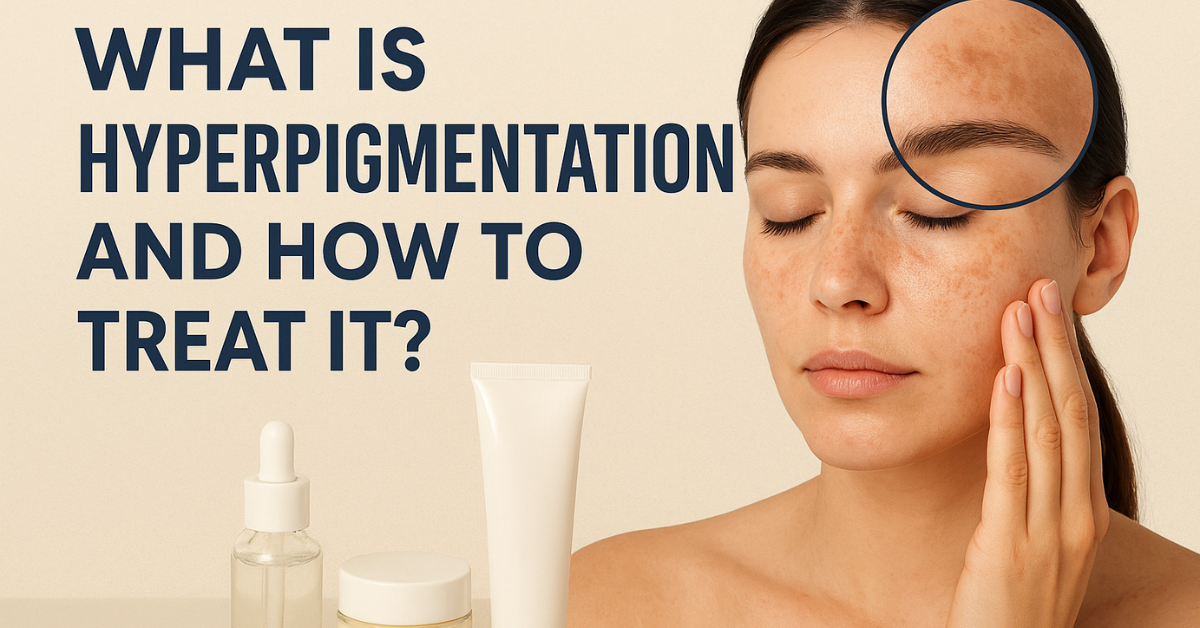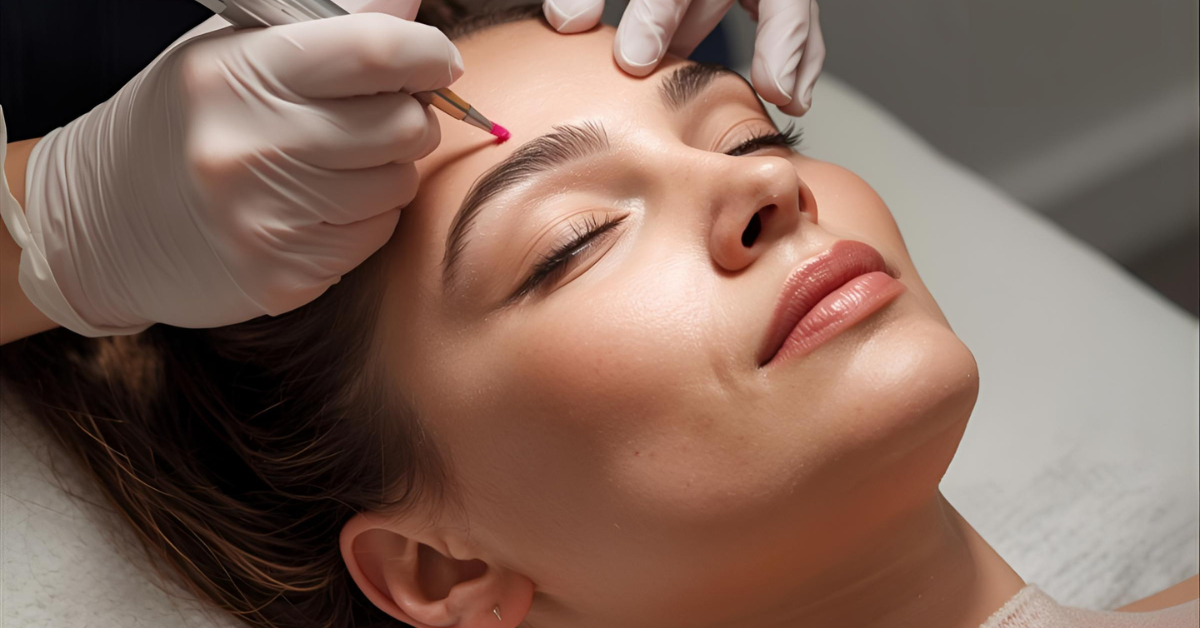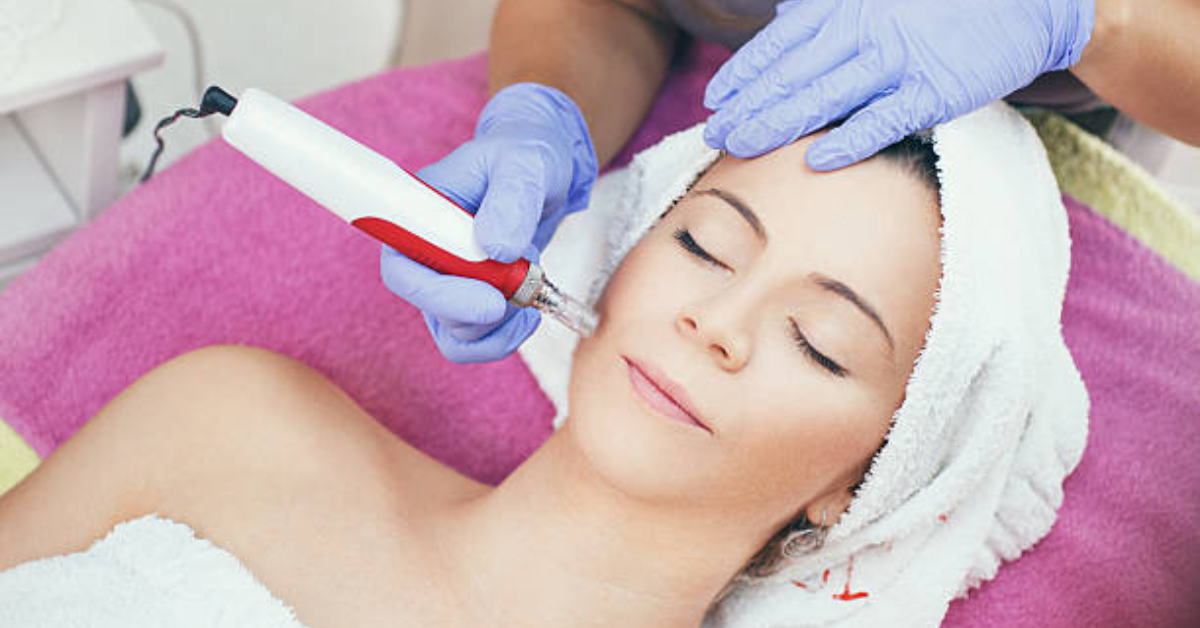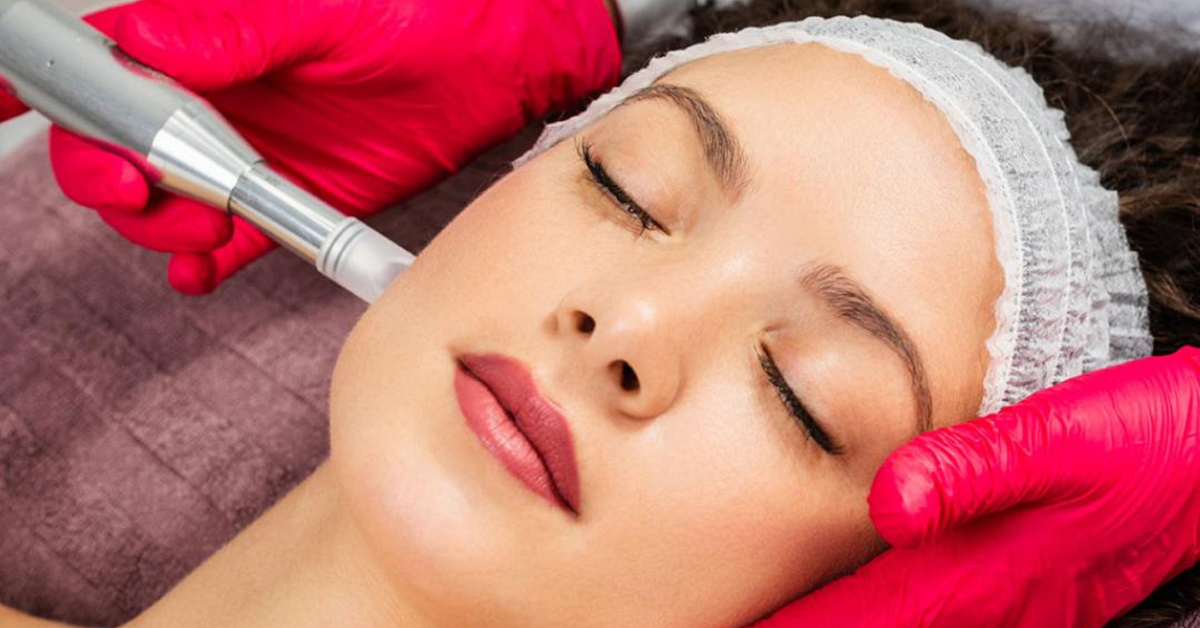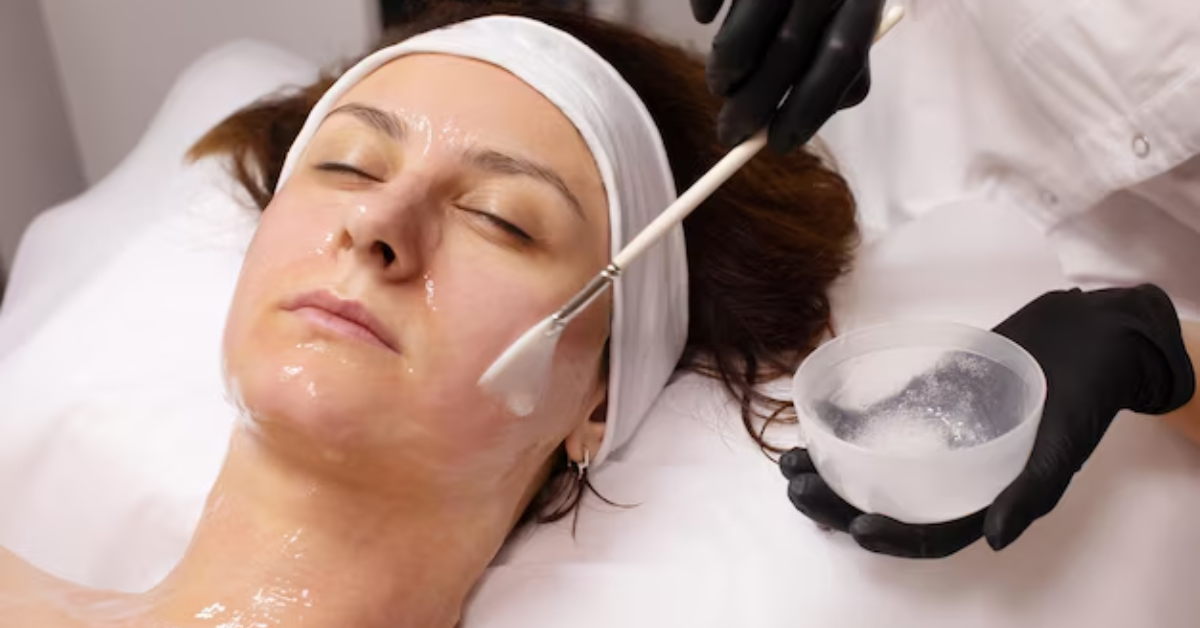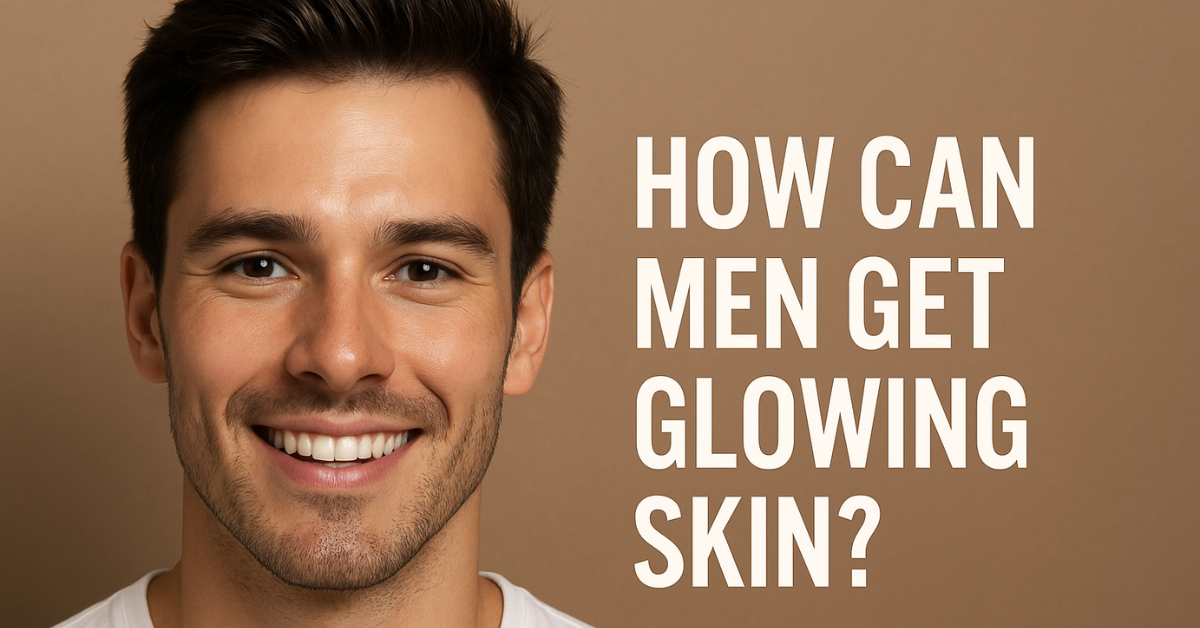How Often Can You Do Microneedling for Best Results?
Microneedling has quickly become one of the most talked-about skincare treatments for anyone looking to achieve smoother, younger, and healthier-looking skin without surgery. Also known as collagen induction therapy, this minimally invasive procedure uses tiny needles to create controlled micro-injuries on the skin’s surface. These micro-punctures stimulate the body’s natural healing process, encouraging the production of collagen and elastin—two key proteins responsible for firm, youthful skin.
It’s a favorite among dermatologists and beauty enthusiasts because it can address multiple concerns, including fine lines, acne scars, uneven texture, and enlarged pores. However, one of the most common questions people ask before starting is: “How often can you do microneedling?” Finding the right treatment frequency is crucial to getting the best results without irritating or damaging your skin. Factors like needle depth, skin type, and individual goals all play a role in determining how often you should schedule your sessions.
When done correctly and with proper aftercare, microneedling can safely rejuvenate your skin and enhance your overall complexion over time.
How Microneedling Works and What It Does
Microneedling, also known as collagen induction therapy, involves using a device with tiny needles to create micro-injuries on the skin’s surface. This process triggers the body’s natural healing response, stimulating collagen and elastin production—the key proteins that keep skin firm and smooth.
As your skin repairs itself, it becomes healthier, plumper, and more youthful. Microneedling can help reduce fine lines, acne scars, stretch marks, and even enlarged pores, making it a favorite among skincare enthusiasts and professionals alike.
How Often Should You Do Microneedling?
The frequency of microneedling sessions varies based on the intensity of the treatment and your skin’s condition. Here’s a general guide to help you understand what works best:
1. Light Microneedling (At-Home or Superficial Treatments)
If you’re using an at-home dermaroller or getting light microneedling from an aesthetician (with needle lengths under 0.5 mm), you can typically do it every 2 to 4 weeks.
These treatments mainly improve skin texture, tone, and absorption of skincare products. They don’t penetrate deeply, so recovery time is short.
2. Professional Microneedling (Deeper Treatments)
For professional sessions with needles ranging from 1.0 mm to 2.5 mm, you’ll need more time between treatments.
Dermatologists usually recommend every 4 to 6 weeks.
This schedule allows your skin to fully heal and generate new collagen before undergoing another session. Overdoing it can cause irritation or delay recovery.
3. Targeting Specific Concerns
- Acne scars or deep wrinkles: Every 4–6 weeks until results are visible.
- Skin rejuvenation or fine lines: Every 6–8 weeks for maintenance.
- Large pores or mild texture issues: Every 3–4 weeks.
After an initial series of treatments, most people schedule maintenance sessions every 3–6 months to preserve their results.
Why Spacing Out Sessions Matters
You might think doing microneedling more often leads to faster results—but that’s not the case.
Your skin needs time to rebuild collagen after each session. Doing it too frequently can lead to redness, inflammation, or sensitivity instead of rejuvenation.
By spacing out your sessions properly, you allow your skin to heal, strengthen, and produce new collagen naturally, which is the real secret behind long-lasting improvement.
How to Know If You’re Ready for the Next Session
Before booking your next appointment, check for these signs of readiness:
- Your skin feels
fully healed (no redness, peeling, or sensitivity).
- You’ve followed your aftercare routine—gentle cleansing, sun protection, and hydration.
- Your dermatologist or skincare expert approves another session based on your progress.
If your skin still feels irritated or dry, wait another week or two. Patience ensures better results in the long run.
Tips for Getting the Best Microneedling Results
1. Follow Proper Aftercare: Post-treatment care is essential. Avoid direct sun exposure for at least 48 hours, skip makeup for a day or two, and use soothing products like hyaluronic acid or gentle moisturizers.
2. Stay Hydrated and Eat Well: Healthy skin starts from within. Drink plenty of water and eat foods rich in vitamin C and antioxidants to support collagen production.
3. Don’t Mix Treatments: Avoid harsh exfoliants, chemical peels, or laser treatments right after microneedling. Your skin needs time to heal and shouldn’t be exposed to other intense procedures too soon.
4. Be Consistent: While you may see noticeable improvement after one session, real transformation takes time. A series of 3–6 treatments spaced appropriately will give you the most dramatic and lasting results.
When to Avoid Microneedling
Microneedling is safe for most people, but there are exceptions. Avoid or postpone treatment if you:
- Have active acne, eczema, or rosacea flare-ups.
- Are pregnant or breastfeeding.
- Have open wounds or recent sunburn.
- Are using strong skin medications like isotretinoin.
Always consult a licensed skincare professional before beginning treatment to ensure it’s suitable for your skin type and condition.
How Long Do Microneedling Results Last?
Results can last anywhere from three to six months after completing a series of sessions. Maintenance treatments every few months help sustain your skin’s smoothness, elasticity, and youthful glow.
With consistent care, you’ll notice:
- Smoother skin texture
- Reduced scars and fine lines
- Brighter, more even tone
These gradual changes reflect your skin’s natural rejuvenation process—making microneedling one of the most effective non-surgical treatments for long-term improvement.
FAQs About Microneedling Frequency
Q1: Can I do microneedling every week?
A: No. Your skin needs time to heal and regenerate. Weekly treatments can cause irritation and slow your results.
Q2: How many microneedling sessions do I need?
A: Most people need 3–6 sessions spaced 4–6 weeks apart for optimal improvement, followed by maintenance sessions every few months.
Q3: Is at-home microneedling effective?
A: Light at-home microneedling can help with product absorption and mild texture issues, but professional treatments give deeper, safer, and more visible results.
Q4: When will I see results after microneedling?
A: You may see smoother, glowing skin within a week, but collagen remodeling continues for 4–6 weeks after each session.
Conclusion
Knowing how often you can do microneedling is key to achieving healthy, glowing skin without over-treating it. Most experts recommend spacing sessions every 4–6 weeks to allow full healing and maximize collagen growth.
By following the right schedule and working with a professional, you can safely enhance your skin’s natural beauty—achieving a firmer, brighter, and more youthful complexion that truly lasts.

